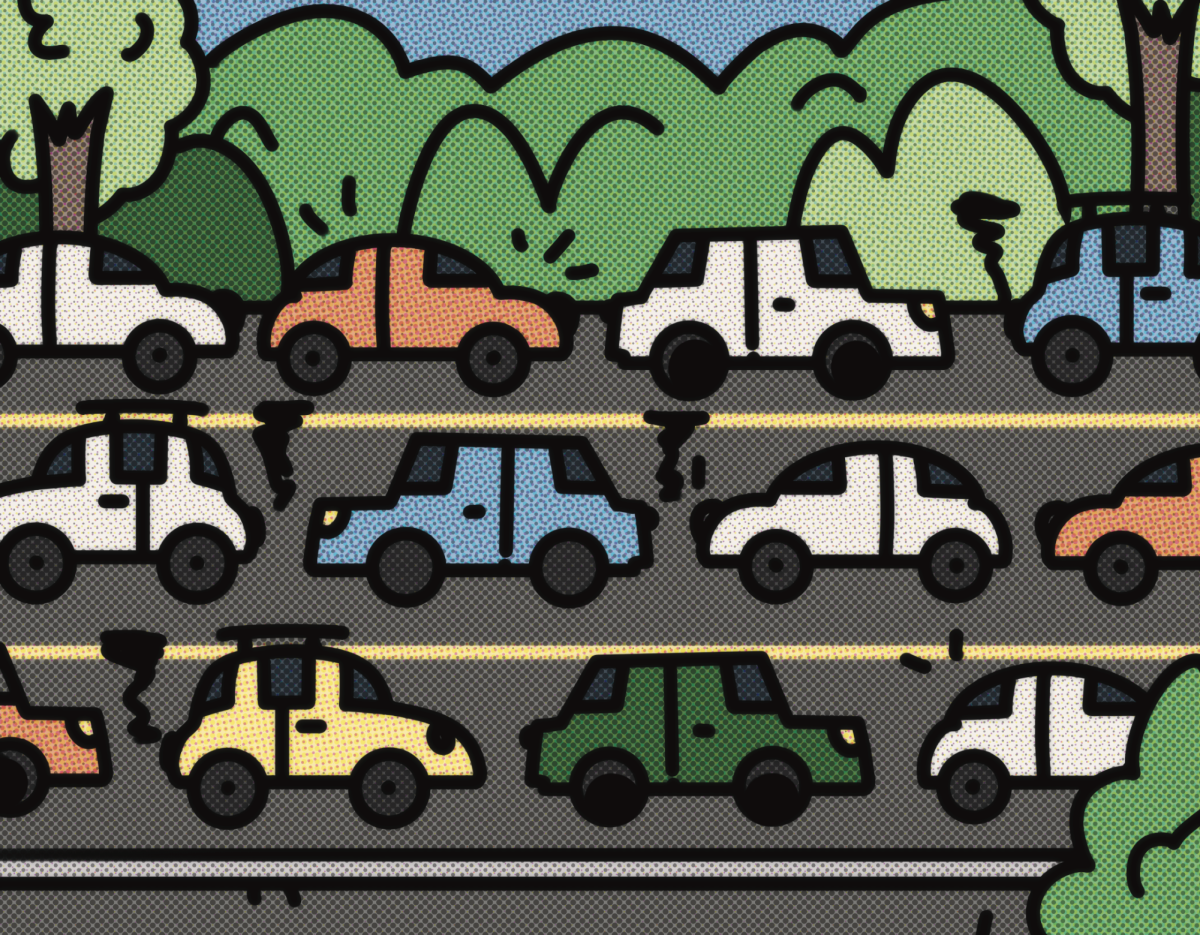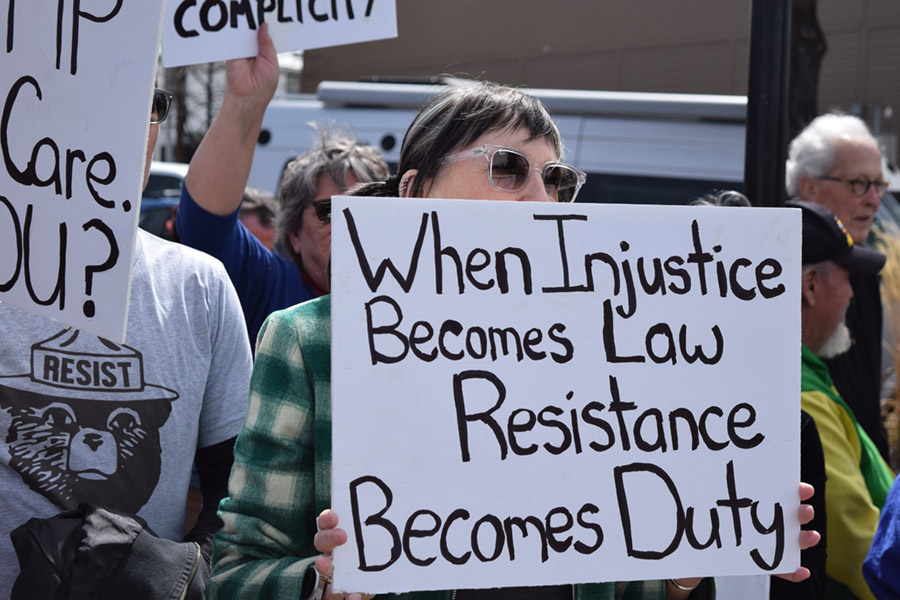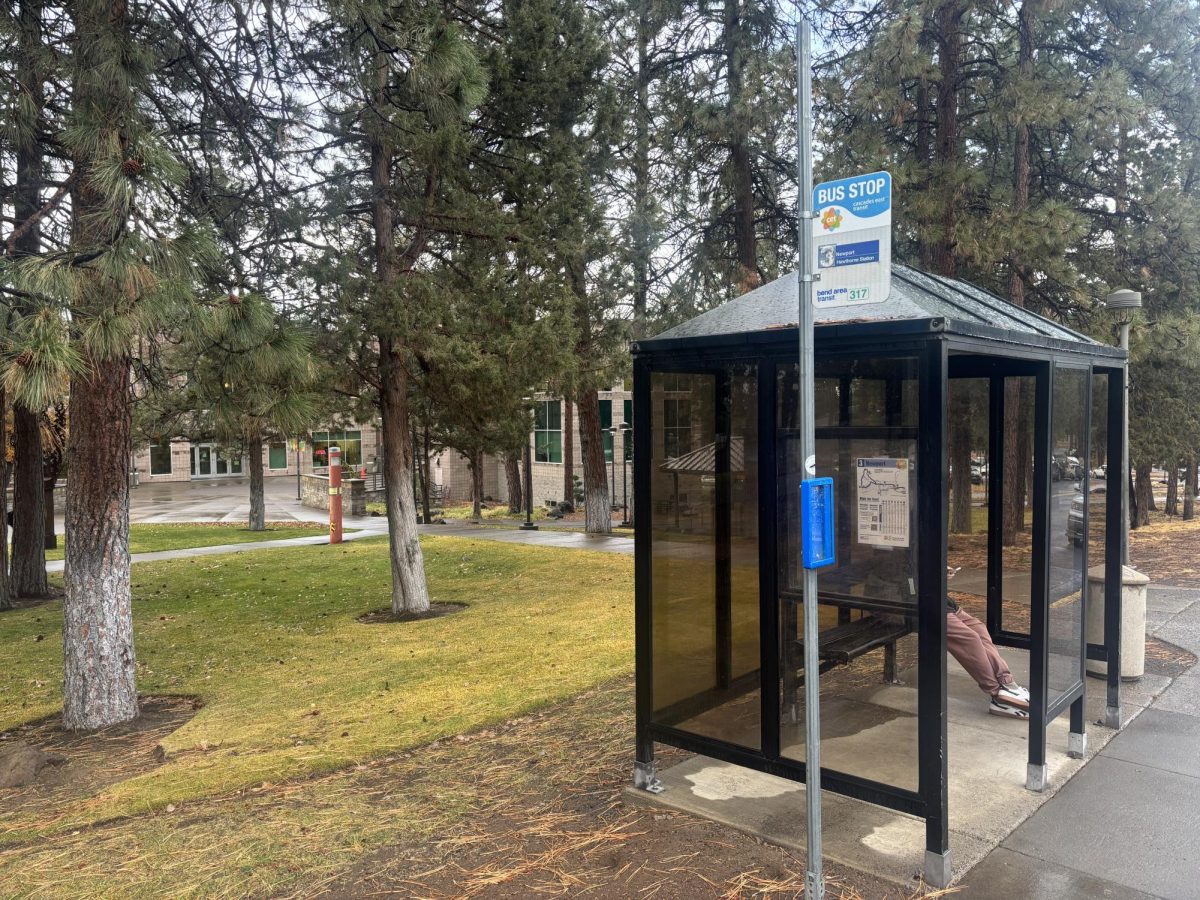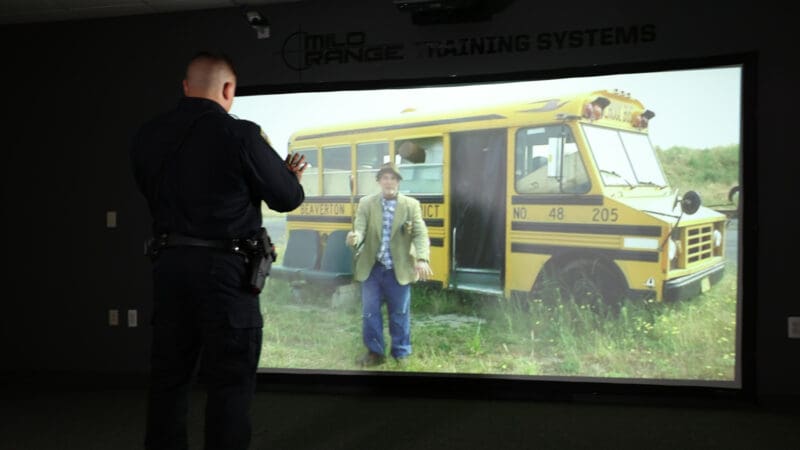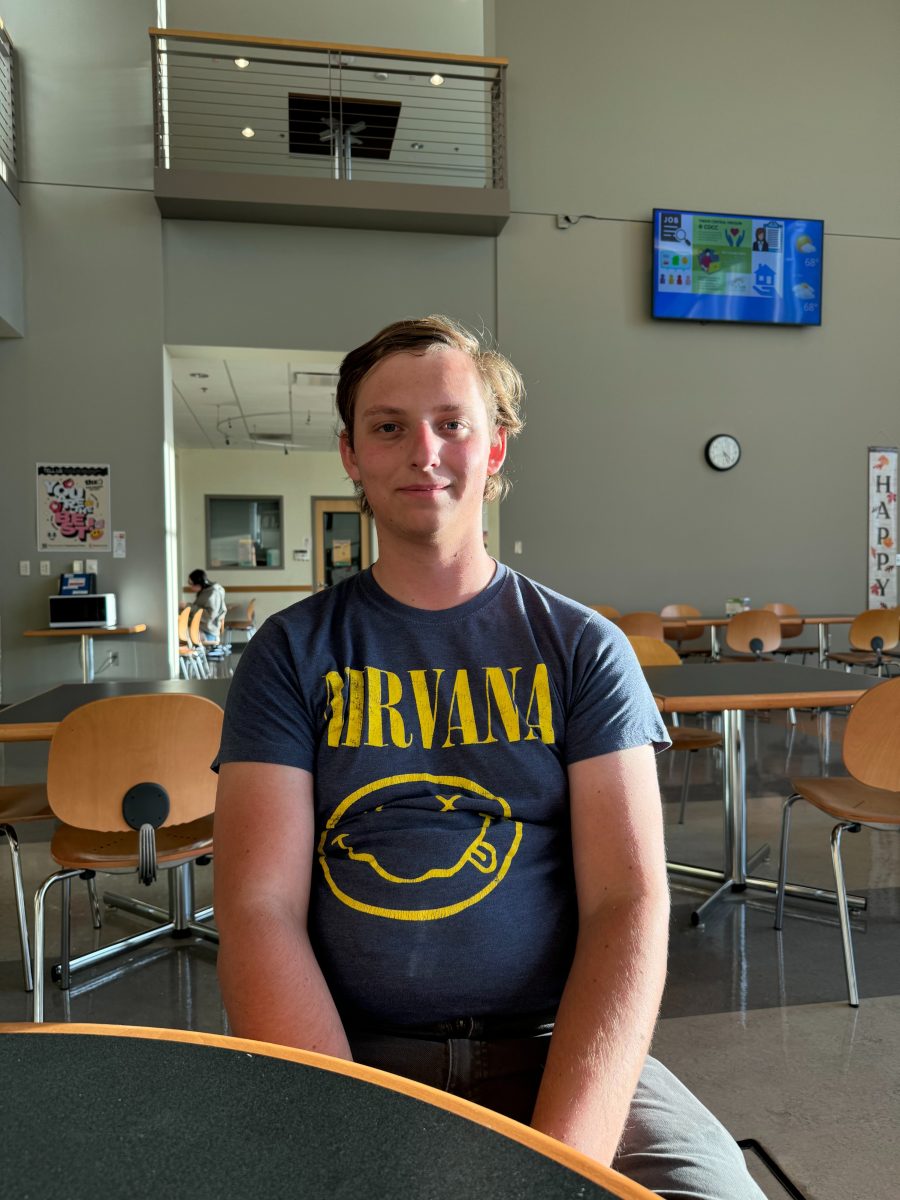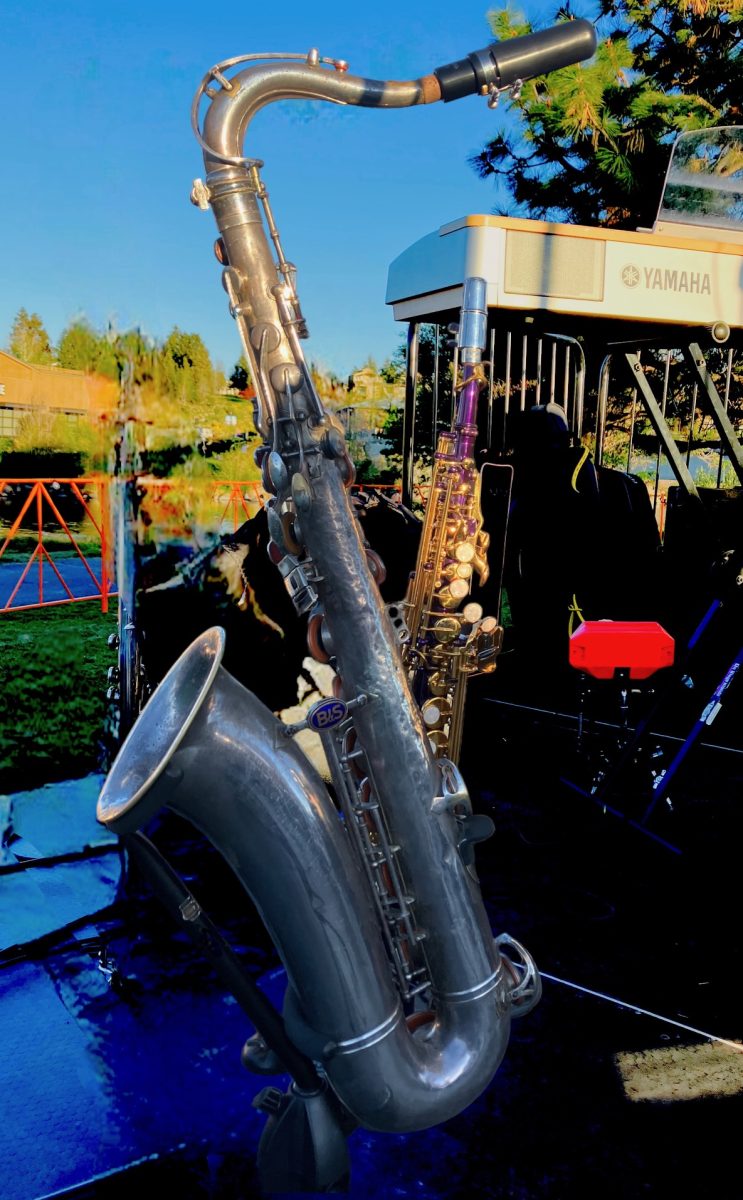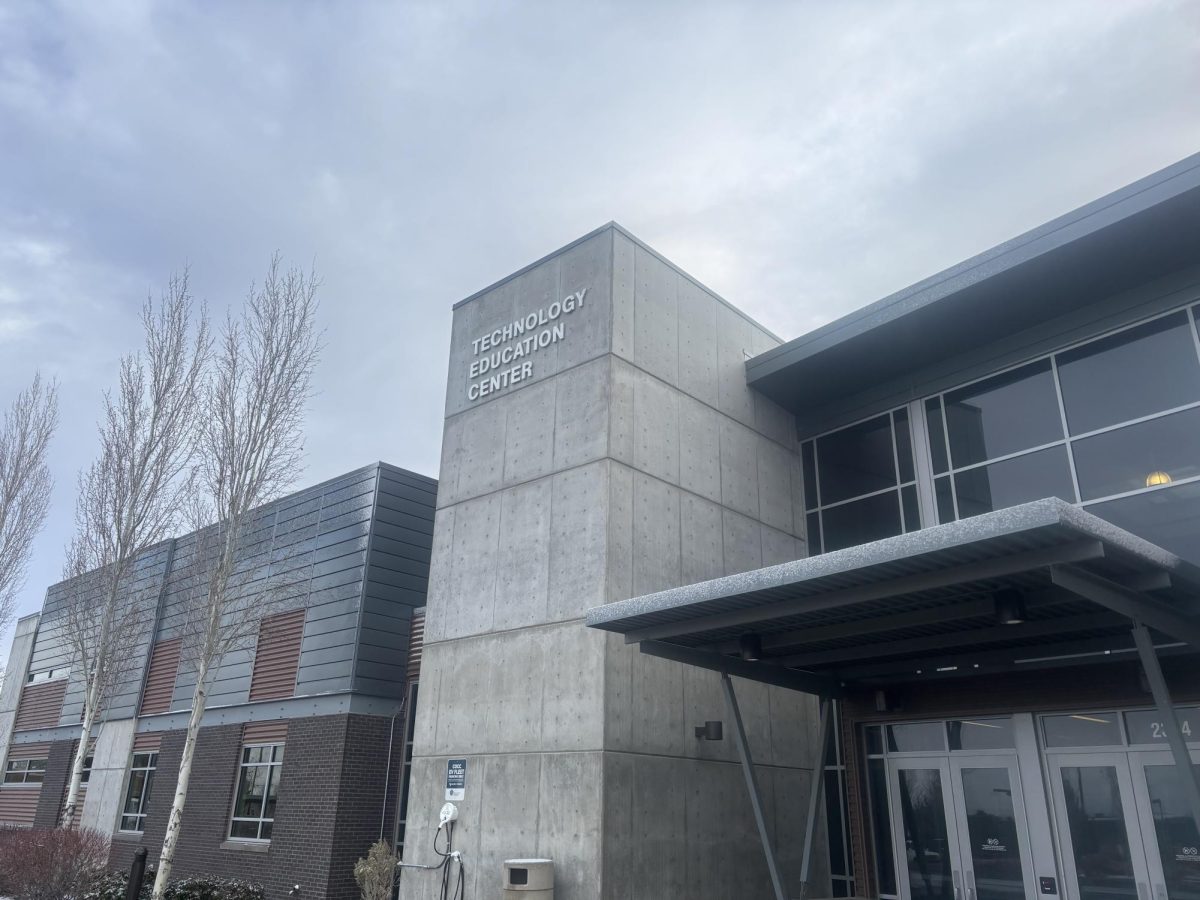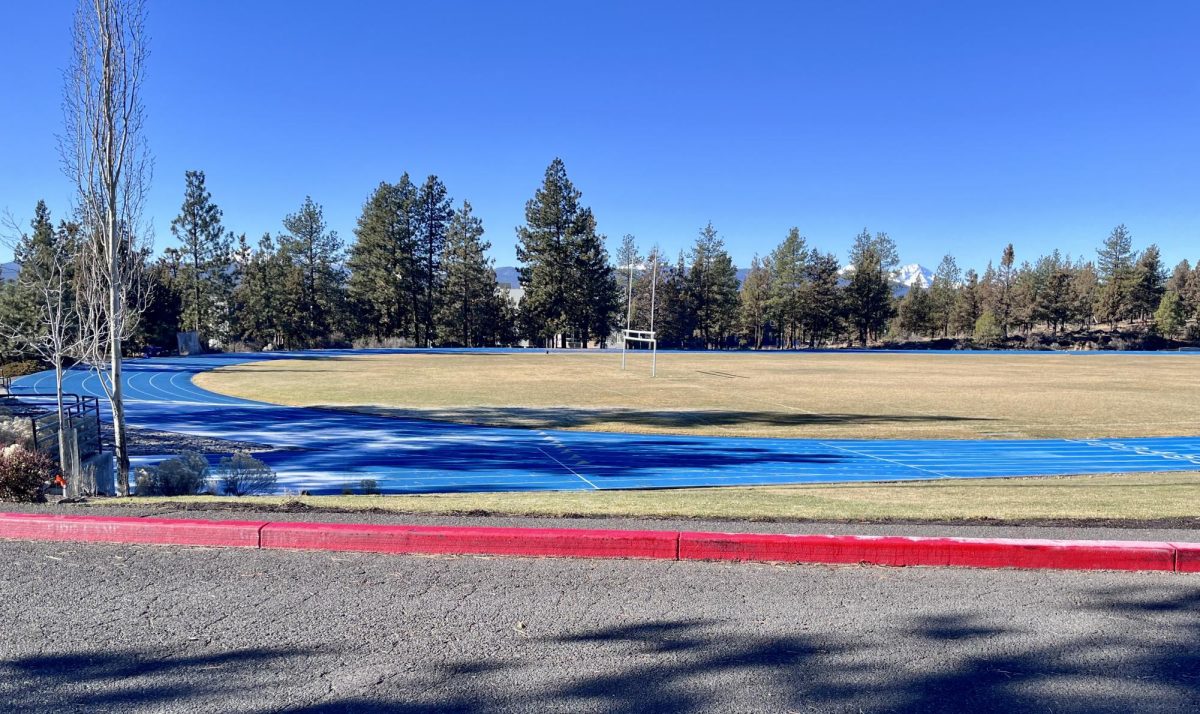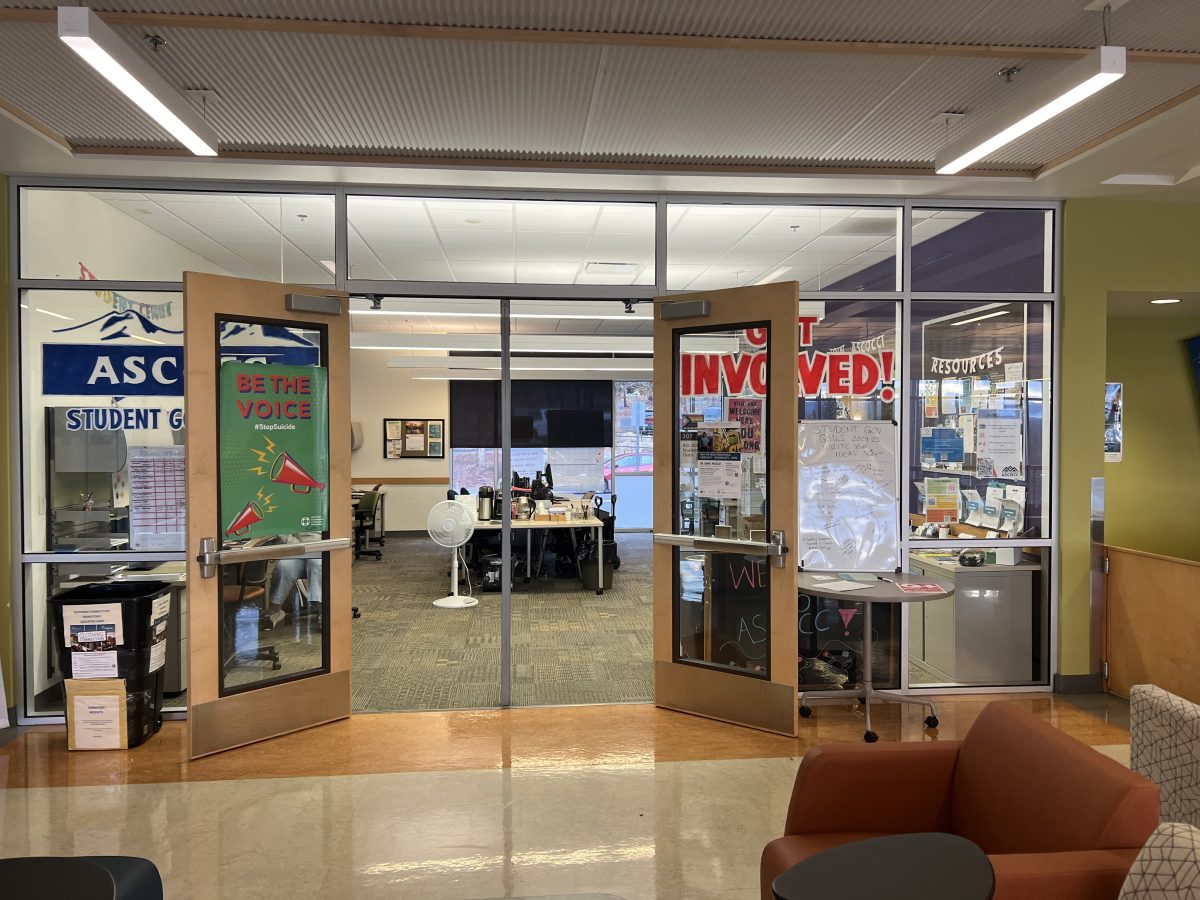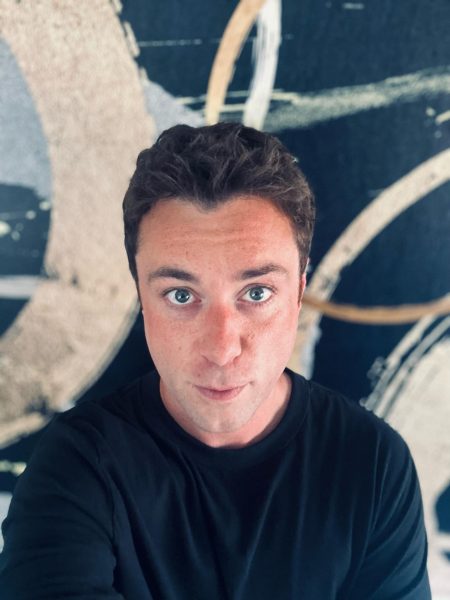Bend grapples with a significant challenge—a plea for a more effective public transit system or simply increased options. The question looms large: how might transforming the current transit system reshape the rhythm of life in this growing city?
First, The Broadside reached out for an opinion on the matter from Cascade East Transit, or CET, which has been a leader in Public Transit in Central Oregon since 2010 when it acquired the former Bend Area Transit, or BAT, which had served the locale for decades prior. Derek Hofbauer, a CET and COIC Outreach and Engagement Administrator, offered some positive news.
“Route 9 in southeast Bend [is] a brand new route that was implemented in October of this year, so it covers a pretty big swath of the southeast portion down to Alpenglow Park, serving Caldera High School, then comes back on Brausterhaus, serving some of the low-income mobile home parks down there, and then becomes an express bus on 3rd Street, so it gets back to Hawthorne Station pretty quickly. It’s a 45 minute route that serves a lot of lower-income residences and also businesses,” he said.
Hofbauer added that there is another new route, Route 8, which goes up to Skyview Middle School, Pine Nursery Park, and the Petrosa Development, picking up some of the lower-income housing in the northeast.
“We just increased our driver wages by about 4 dollars an hour, so we’re actually seeing a good influx of drivers and we’re actually being able at this point in time to push out some new services. We also have a van-pool program that we operate with Commute Options- one of our partners- and we’re actually up to 27 vans going not just in Bend, but connecting Deschutes County to the two other counties as well as to the Confederated Tribes of Warm Springs… As Central Oregon grows, we’re right behind it providing important transit services to get people where they need to go,” Hofbauer said.
According to many, these changes are not only welcomed, they are needed. Marcos Rodriguez, owner of the Bend location of the Hola! restaurant chain said, “Honestly, I truly feel we need way better public transit than what we have. I would even avoid using my car [if we did]. I hire a lot of people, and not all of my employees have cars.”
According to Rodriguez, the lack of local public transport makes it hard for many of his employees to commute to work.
“Young kids are trying to make money, but sometimes they can’t get into the restaurant,” He added, “And those that have to give part of their paychecks just to park downtown for the day. 90% of the people downtown come to work. Some don’t even live here. And it makes it pretty inhospitable.”
This isn’t just about inconvenience; it’s a barrier to accessibility, economic growth and community well-being. And interestingly enough, it may also be tied to public safety. Van Morrison, a local entrepreneur, entertainer and public figure, joined the voices for change, bringing up the issue of driving under the influence.
“I would say public transit should be increased to provide ample commute [methods] for the working class here in Bend,” said Van. “With drinking and driving on the rise here, public transit would make after-hours travel safer and would basically bring down rates of this dangerous behavior. It would also give working class families a fighting chance to partake in better jobs, healthcare appointments and community resources.”
Between the calls for change, there exists an informational gap that paints a larger picture. The current state of Central Oregon’s transit system inhibits not only daily commutes but also the potential for broader societal improvements. The limitations transcend inconvenience; they hinder progress on multiple fronts. According to Reagan Schleich, a Community Assistant at Central Oregon Community College’s Wikiup Hall dorms, this hindrance extends to Central Oregon’s academic institutions as well.
“I do think that Bend needs more public transit; we have a lot of students here that don’t have access to cars- I think because car payments are way too expensive, or they don’t feel like driving or getting a license. Because of that, we only have one transit line that actually comes through to the school, but there needs to be more.” said Schleich, “I also think that having cheaper transportation would help because some people don’t have those funds all the time… So I think having some sort of free or cheap transportation- and I come from the Portland area, where people use the MAX- it would be a good idea, especially in this college environment so we can actually get around,” Schleich added.
These narratives of struggle and advocacy underscore the call for an improved public transit system in Central Oregon. The voices of Hofbauer, Rodriguez, Morrison and Schleich amplify a collective plea for mobility, opportunities and a more interconnected community.


